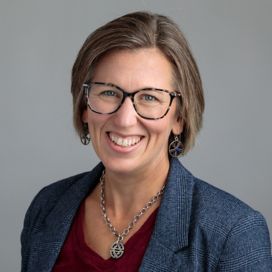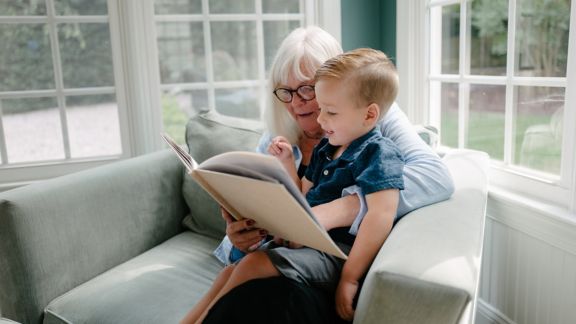Los Angeles Times/NORC Poll on LGBTQ+ Communities

Problem
There is limited polling data about attitudes toward specific LGBTQ+ communities.
There is limited data on how public opinion toward the LGBTQ+ community has changed over time or how the public perceives specific groups within the LGBTQ+ community today. Because of this, there is a need for further understanding of public views of this community as a whole, as well as differing perceptions of gay, lesbian, bisexual, and transgender and nonbinary people, each of whom faces unique challenges in American society. By using a 1985 Los Angeles Times study as a benchmark, this survey tracks how attitudes have changed toward gay and lesbian people while introducing new questions to compare attitudes toward other LGBTQ+ groups.
Solution
NORC and the LA Times conducted a nationally representative survey with LGBTQ+ oversamples.
Using the AmeriSpeak panel, NORC conducted a nationally representative study of 1,624 adults, including 750 California residents and 300 LGBTQ+ individuals. The study captured broader public sentiment towards LGBTQ+ people, perspectives unique to California residents, and firsthand experiences of LGBTQ+ respondents. The LGBTQ+ sample included those who identify as nonbinary, transgender, gay or lesbian, bisexual or pansexual, asexual, and those who prefer to self-describe their gender or sexual identity.
Result
While acceptance of gay and lesbian people has increased, acceptance of the transgender and nonbinary community is lagging.
Our poll finds that acceptance of people who identify as gay and lesbian has grown significantly since 1985, and strong majorities today approve of them living their lives as they wish. Notably, while 67 percent believed that sexual relations between adults of the same sex were always wrong in 1985, 64 percent of adults today do not see it as an issue at all.
However, while many are also supportive of transgender and nonbinary people, these groups still face obstacles to acceptance in areas like politics, sports, medical care, and even home life. Thirty-one percent of U.S. adults disapprove of transgender and nonbinary adults living their lives as they wish, compared to 19 percent and 21 percent who feel the same about gay and lesbian or bisexual adults, respectively. And while the share of those who would be less likely to vote for a gay or lesbian Congressional candidate has dropped from 47 percent in 1985 to 19 percent, 33 percent today would be less likely to vote for a candidate they heard was transgender or nonbinary.
Related Tags
Project Leads
-
Dan Malato
Senior Research DirectorProject Director -
Jennifer Benz
Vice PresidentSenior Staff








